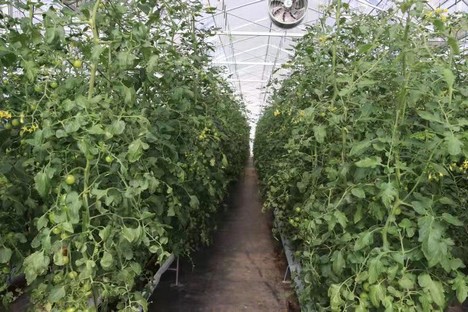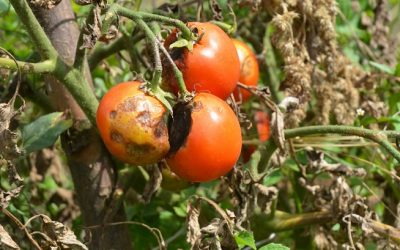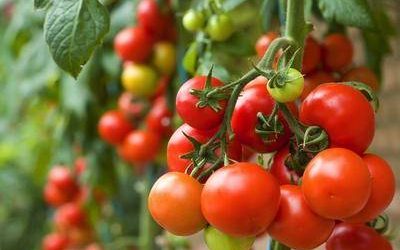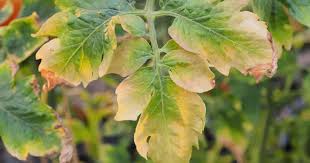Growing Tomatoes in Green Houses

Greenhouse tomato farming in Kenya has caused a huge increase in tomato production. Most tomato farmers in Kenya exercise small scale greenhouse farming of popular greenhouse tomato types inclusive of Anna F1. You could make easy money through greenhouse farming of tomato.
Growing plant life in a greenhouse permits for less complicated implementation of appropriate agronomic practices and decreases tomato production prices. Capsicum and onions are the other crops that are generally grown in a greenhouse. With nearly all sorts, greenhouse tomato farming is greater worthwhile than growing tomatoes in an open field.
It is easier to control the temperature in a greenhouse and much less water is used when the suitable irrigation method is used. Most farmers use drip irrigation for their greenhouses. Excess nutrients in a tomato farm will lead to immoderate weed boom on the expense of tomato growth, leading to smaller and lighter fruits, and hollow tomatoes that perish quickly.
Farmers are recommended to deliver liquid fertilizers with the drip irrigation kits to keep away from giving their tomatoes extra nutrients. Tomatoes are a popular vegetable and are continually in high demand
It takes a shorter duration — months — for greenhouse-produced tomatoes to mature, while it takes no less than three months with outdoor farming.
Advantages of Green Houses
Due to controlled irrigation and temperatures, the tomatoes sports a continuous output of flowers and fruits, all at different levels.
One plant has a potential of up to 15 kg at the start of the harvest, going as much as 60 kg by the point it has completed its full cycle — recommended at 365 days.
Assuming you have 2000 plants each gives you 60kg per year, that is 120,000 Kgs of tomato. If at the gate you sell at Shs. 50, then you can get at least Shs. 6, 000, 000 annually.
The plant vines are supported inside the greenhouse with sticks and strings, developing as much as 5 meters high. If properly looked after, the minimal plot of land under greenhouse production can yield up to 25,000 tonnes of tomatoes.
Tomatoes are usually very vulnerable to diseases requiring heavy application of insecticides but under the greenhouse growing strategies, which come with simple training on hygiene, most of common infections are without difficulty kept at bay. Also stored at bay are bugs and other pests regarded to invade the crop as well as weeds.
Apart from big savings on crop safety chemicals, which constitute a big part of production expenses, much less labor is needed in a greenhouse, whilst exposure to chemical toxins related to application is minimized or eliminated altogether. It is also exact for the environment.


